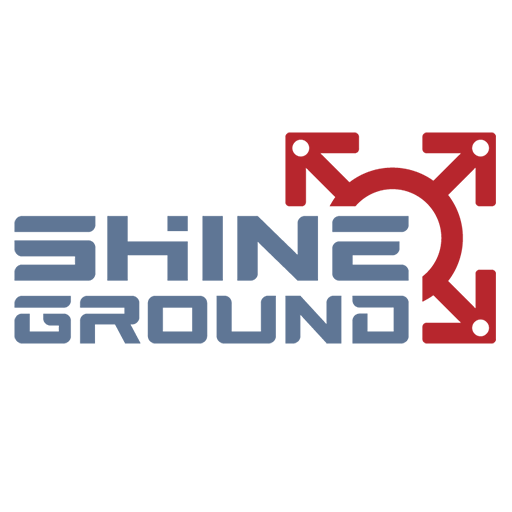Introduction
Aluminum profiles have become indispensable in modern production workshops due to their versatility, durability, and cost-effectiveness. These extruded aluminum structures are widely used in industrial settings for constructing frameworks, workstations, conveyor systems, and safety enclosures. Their lightweight yet robust nature makes them ideal for various manufacturing applications. This article explores the key uses, benefits, and innovations of aluminum profiles in production workshops.
Key Applications of Aluminum Profiles in Production Workshops
1. Workstation and Assembly Line Frameworks
Aluminum profiles are commonly used to build modular workstations and assembly line structures. Their T-slot design allows for easy adjustments and reconfiguration, enabling manufacturers to adapt layouts quickly to meet changing production demands.
2. Material Handling Systems
Conveyor systems, lifting frames, and trolleys made from aluminum profiles enhance efficiency in material handling. Their corrosion resistance ensures longevity even in harsh industrial environments.
3. Machine Guards and Safety Enclosures
Safety is paramount in production workshops. Aluminum profiles are used to construct protective barriers, machine guards, and safety cages that comply with workplace safety regulations while maintaining visibility and accessibility.
4. Storage and Racking Solutions
Shelving units, racks, and storage systems built from aluminum profiles offer high load-bearing capacity while remaining lightweight and easy to assemble.
5. Automation and Robotics Integration
Aluminum profiles provide a sturdy framework for robotic arms, automated guided vehicles (AGVs), and other automation equipment, ensuring precision and stability in high-speed operations.
Advantages of Using Aluminum Profiles
Lightweight & Strong: Aluminum offers an excellent strength-to-weight ratio, reducing structural load while maintaining durability.
Corrosion Resistance: Unlike steel, aluminum does not rust, making it ideal for humid or chemically exposed environments.
Modular & Flexible: The T-slot design allows for easy assembly, disassembly, and reconfiguration without welding.
Cost-Effective: Lower maintenance and assembly costs compared to traditional steel structures.
Aesthetic & Functional: Aluminum profiles provide a clean, professional appearance while being highly functional.
Innovations in Aluminum Profile Applications
Recent advancements include:
Smart Workstations: Integrated sensor mounts and cable management systems within aluminum framing.
Sustainable Manufacturing: Increased use of recycled aluminum to reduce environmental impact.
Hybrid Structures: Combining aluminum profiles with composite materials for enhanced performance.
Conclusion
Aluminum profiles play a crucial role in optimizing production workshop efficiency, safety, and flexibility. Their adaptability across various applications—from workstations to automation—makes them a preferred choice for modern manufacturing. As technology advances, aluminum profiles will continue to evolve, further enhancing industrial productivity.


